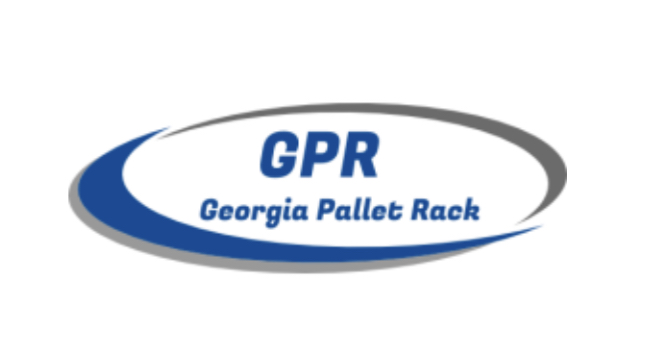The Dos and Don’ts of Pallet Rack Installation
- Michael Whitehead
- Mar 21, 2024
- 2 min read
Updated: Nov 7, 2024

When executed correctly, installing pallet racking maximizes space efficiency, improves inventory management, and enhances operational workflow. However, the process involves more than simply erecting shelves; it demands careful planning and understanding of your warehouse’s unique needs. Whether designing a new warehouse or revamping an existing one, these dos and don’ts of pallet racks installation will give you the knowledge to make informed decisions throughout the process.
Do: Consider Building the Back Side All at Once
This strategy significantly reduces warehouse racking installation time by minimizing the need to individually secure each rack. Additionally, constructing the back side in one go helps maintain uniformity and alignment across all racks, contributing to the overall structural integrity of the storage system. By implementing this method, you can also enhance worker safety during installation, as it limits workers' time at elevated heights.
Don’t: Avoid Racking Systems That Don’t Fit Perfectly
Utilizing racks that are too large or too small can lead to inefficient space use and create safety hazards. Oversized racks may obstruct pathways or interfere with other storage systems, while undersized racks might not utilize the full vertical or horizontal space available, leading to overstocking and potential rack collapse. As a result, it's crucial to accurately measure your warehouse space before installing pallet racking. Be sure to account for factors like ceiling height, aisle width, the dimensions of the products you intend to store, and floor load capacity.
Do: Buy More Than Enough Racking To Accommodate Storage Needs
Purchasing more racking than your current storage needs might seem like an unnecessary expense. However, this practice is a strategic investment in your warehouse's future scalability and flexibility. By having additional racking available, you can swiftly adapt to fluctuations in inventory levels, seasonal demands, or unexpected increases in product variety without needing frequent pallet racks installation projects.
Don’t: Forget To Install Protecting Guards
Protective guards shield the racking from potential damage from forklifts and other warehouse machinery, preventing structural compromise that could lead to rack failure and product loss. Additionally, they play a crucial role in protecting employees from injury due to collisions with the racking system. Install guards at critical points, such as aisle ends and around corner units, where racks are most susceptible to impact.
Do: Align the Forklift Square to the Rack
Ensuring that the forklift aligns squarely with the pallet rack is paramount for safe and efficient operations. Misalignment can lead to improper loading or unloading, increasing the risk of damage to both products and racking. Furthermore, it can cause unnecessary strain on forklift operators, potentially leading to accidents. Regularly monitoring and reinforcing these practices can help maintain safety and efficiency in the warehouse.
By following these dos and don’ts of how to install pallet racking correctly, you can create a safe, organized, and efficient warehouse that maximizes space utilization and supports smooth operational workflow. If you want to ensure you adhere to safety regulations and protect your workers effectively, leave it to the experts. At Georgia Pallet Rack, we’re pros in warehouse racking installation who won’t just set up your system but also offer rack replacement and safety assessments to ensure operational safety.





Comments